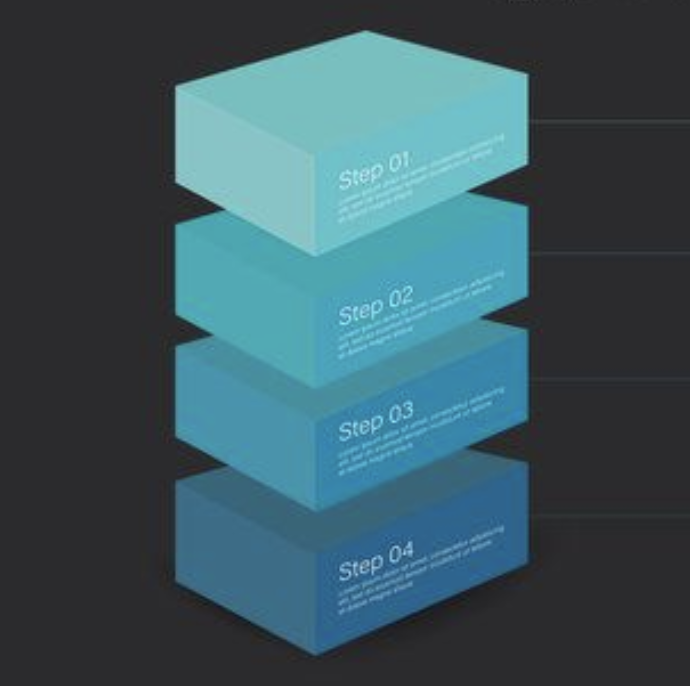Two years ago, most marketing teams were still playing catch up; juggling CRMs, scattered email tools, and spreadsheets that tried to explain why customers were leaving. Fast forward to 2025, and the game has completely changed.
Retention isn’t just a marketing metric anymore. It’s a system, a synchronized network of technology that sees, predicts, and responds to customer behavior before the customer even knows it themselves.
So, what does the modern retention tech stack look like in 2025? And more importantly, which tools actually work?
The Shift: From Reactive to Predictive Retention
In the past, retention was about fixing churn after it happened. Teams would run surveys, patch gaps, and launch reactivation campaigns. But in today’s data-driven environment, successful businesses aren’t waiting for customers to leave instead they’re preventing churn before it begins.
This shift is powered by technology. AI and machine learning now sit at the core of retention strategy, helping brands:
- Identify at-risk customers in real time
- Personalize experiences across every touchpoint
- Automate outreach while keeping it human
- Measure emotional engagement alongside transaction data
In short, 2025’s best retention stacks are less about “managing relationships” and more about predicting loyalty.
1. Customer Data Platforms (CDPs): The Core of Retention Intelligence
The CDP has become the heartbeat of modern retention systems.
Platforms like Segment, Bloomreach, and mParticle consolidate fragmented data from emails, apps, websites, and CRMs into a single customer view.
That unified perspective allows teams to:
- Track lifetime behavior patterns
- Build dynamic customer segments
- Feed real-time data into automation tools
In 2025, companies that don’t have a CDP are flying blind because personalization without context is just guesswork.
2. Predictive Analytics & AI-Powered Insights
The next layer of the stack focuses on foresight.
AI-driven platforms like Totango, Pocus, and ChurnZero now help teams predict churn risk with remarkable accuracy. They analyze micro behaviors, from declining engagement to slower purchase cycles and alert customer success managers before it’s too late.
Machine learning models also surface retention opportunities like identifying which customers are likely to upgrade, advocate, or cross-purchase.
This data doesn’t just inform campaigns; it drives entire business decisions.
3. Personalization & Engagement Automation
Retention without personalization is impossible in 2025.
That’s where tools like Klaviyo, ActiveCampaign, and Customer.io come in automating communication flows that adapt to each customer’s journey.
What’s changed, though, is how automation is used.
Modern retention automation feels human; contextual subject lines, dynamic messaging, and behavioral triggers that respond to customer mood, not just activity.
For instance, if a user skips a renewal reminder but increases product usage, the system holds back the “win-back” message and sends a success milestone email instead. That’s empathy, coded into software.
4. Customer Feedback & Experience Analytics
No retention strategy can survive without listening.
Platforms like Survicate, Qualtrics, and Hotjar now integrate directly with CRMs, turning feedback into actionable insights.
In 2025, feedback isn’t collected quarterly it’s continuous.
AI systems detect sentiment shifts in open-ended responses, social comments, and chat logs, then flag patterns like “pricing frustration” or “feature confusion.”
These insights allow businesses to fix problems before they turn into cancellations or worse, negative reviews.
5. Loyalty, Rewards & Community Platforms
Loyalty has gone far beyond punch cards and points.
Tools like Yotpo Loyalty, Smile.io, and Gleam now power dynamic, gamified programs where customers earn status through engagement, advocacy, and contribution not just purchases.
Meanwhile, community platforms like Circle and Discourse help brands build belonging into their retention strategy.
Because in 2025, the best way to keep a customer isn’t another email, it’s a relationship.
Building the Ideal 2025 Retention Stack
If you’re designing your retention ecosystem from scratch, here’s the simplest way to structure it:
- Base Layer: Customer Data Platform (single source of truth)
- Predictive Layer: AI & Analytics Tools (forecast churn and loyalty)
- Engagement Layer: Personalization + Automation (connect meaningfully)
- Feedback Layer: Experience Analytics (close the loop)
- Community Layer: Loyalty & Advocacy (turn customers into fans)
The key is integration not more tools. The best retention stacks talk to each other. Every insight from analytics should inform automation. Every feedback loop should update customer profiles. That’s how you create an adaptive system that evolves as your customers do.
The Future of Retention Tech
The next generation of retention technology won’t just manage data, it will understand emotion.
We’re already seeing early versions of emotional AI that can detect frustration in support chat tone or excitement in social replies.
Tomorrow’s retention stack won’t only tell you who might churn, it’ll tell you why they feel disconnected.
And when technology becomes that human, retention won’t feel like marketing anymore.
It’ll feel like care.




